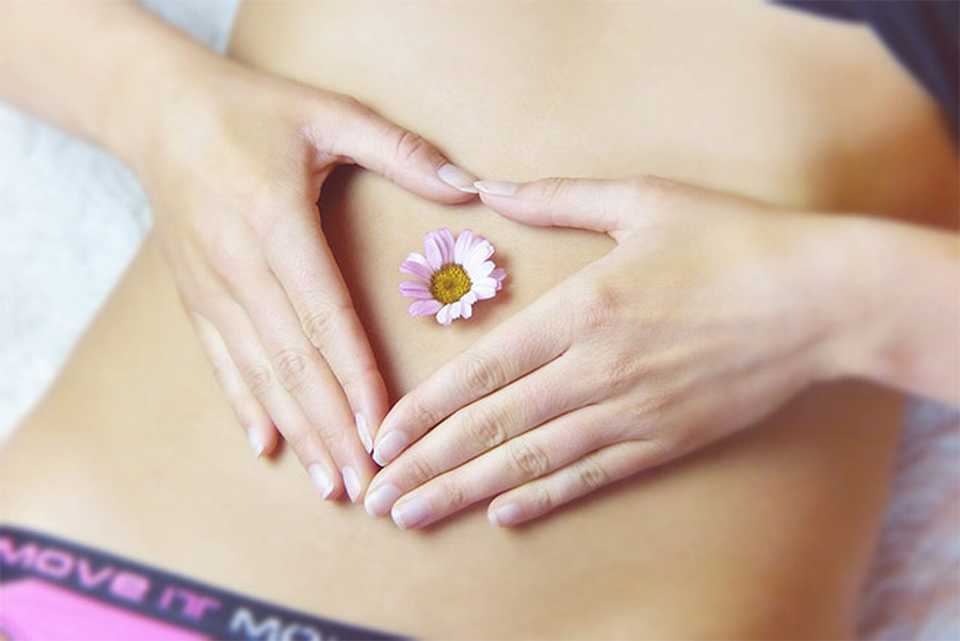Our feet are perhaps the most overlooked part of our body. They not only have to support a person’s entire weight but are also responsible for getting them from A to B. Did you know that an average person walks approximately 7,500 to 8,000 steps per day? This equates roughly 150,000 miles over a lifetime.
The feet are an amazing part of human anatomy. Each foot contains 26 bones, 33 joints and 107 ligaments. There are also 19 muscles and tendons. There are 250,000 sweat glands and 8,000 nerves.
Specialist foot care providers like podiatrists or chiropodists can diagnose and treat foot problems. Here are four common foot complaints and how to treat them.
Foot of an Athlete
Itchy, white patches between your toes, cracked skin, and flaky skin are all signs of Athlete’s Foot. This is a common fungal infection that affects the feet. Tinea pedis is also known. You should not wait for it to go away, which is highly unlikely.
Additional hygiene techniques include drying and washing your feet, especially between the toes.
Every day, wear fresh cotton socks and leave your shoes at home.
Shoes that make your feet sweaty and hot should be avoided
Athlete’s Foot is mildly contagious. If you’re going to a pool or public changing area, wear flip-flops.
Ingrown Toenails
Ingrown toenails are usually caused by injury or poor cutting. If you don’t cut them across, your toenails may grow into the skin. This can cause pain and irritation, as well as inflammation and possibly infection.
You should consult a doctor if you feel pain in your toes or suspect that you may have an ingrown nail.
Chiropodists will happily trim your toenails and keep them healthy for the long-term. This is especially useful if you have difficulty reaching your toes.
You can remedy this problem by giving your feet a warm bath. Add Epsom salts to the water and some antiseptic apple cider vinegar to the bowl. For optimum results, wear comfortable socks and shoes with a toe protector.
Plantar Fasciitis
Plantar fasciitis is a common and painful condition that affects the heel. It occurs when the tissue connecting the ball of your foot to the heel becomes inflamed. It can manifest as a dull ache, a sharp dagger or bruising, and it may also appear as if you have a stone bruise. It can be very painful, especially in the morning. However, it will usually ease once you move about.
Long periods of sitting or standing can trigger heel pain. This is especially common in overweight people, who have high arches and flat feet, which places more stress on the plantar fascia at the bottom of their feet. Long-distance runners also suffer from it.
There are many options available, including orthotics that can be worn (heel pads or arch supports), exercise, rest, and laser therapy.
Your chiropodist may recommend cortisone injections for plantar fasciitis. This can help to improve symptoms and last for several weeks or even months. The Sussex Foot Centre’s podiatrists explain:
To make the injection more comfortable, steroid (Methylprednisolone), can be given by injection. The injection would cause the area to numb for several hours. The injection would be repeated if needed, up to three times per year.
Find out more about treatments for plantar fasciitis.
Verrucas
Verruca is a viral infection that is caused by the human papillomavirus (HPV). It appears as plantarwarts – small, irregular lumps usually on the soles and heels of the feet. Most will disappear if they are not treated. You can boost your immune system by eating healthy and exercising enough to eliminate the virus.
Verrucas can be contagious. Avoid sharing towels, socks, or shoes with others. Wear flip-flops, and waterproof plaster, if you swim. It is important to not scratch the area as open sores can spread infection, which will make it take longer to heal.
Your feet are an integral part of your body. They support you on a daily basis, so it is important to take care of them. The above-mentioned methods can be used to maintain their health. You can prevent or ease common foot problems by keeping your feet dry and clean, trimming your toenails correctly, and wearing heel supports.






